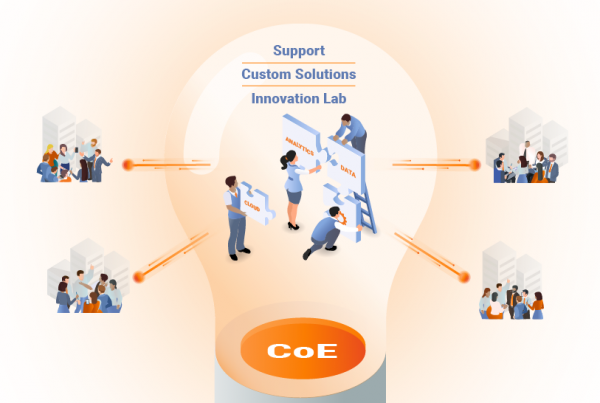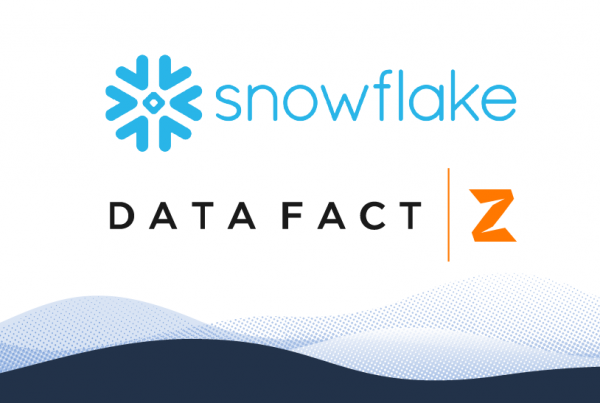Have you ever thought of using your previous business performance reports, results, and data to come up with a better plan for the future? Essentially, this is what business analytics is all about. Business analytics entails the analysis of data to build the predictive models, applying the optimization techniques, and communicating the same with the employees and the customers. It uses a data-driven method in the business environment and relies on statistics and data modeling to create business insights.
If utilized correctly, business analytics can be leveraged to predict future events based on the actions of the consumers, market trends and also helps in planning the process more efficiently that will help to enhance the business revenue.
Important elements of Business Analytics
When a company decides on adapting business analytics, it usually depends on the end-goal set for the business or the company. Whatever method the company uses, there will be an actionable insight waiting at the end. Below are all the components or methods that go into business analytics that are used to find the conclusions.
Data Mining
It is a strategy of filtering through the huge sets of data to uncover the patterns, trends, and other stuff about data that aren’t visible using machine learning, database systems, and statistics. Data mining has several techniques using which information can be pulled, such as regression, clustering, and outlier detection.
This element of business analytics leads to faster and efficient decision-making. For instance, using data mining, a company will be able to check which customer is buying the specific product and at what time of the year. This information can be used efficiently to segregate those customers according to their buying behavior.
Text Mining
It is a process of gathering high-quality information or data from texts or messages in web applications or on the World Wide Web.
Businesses use text mining to collect information mostly from social media sites, websites, blogs, forums, and even from call center scripts. Once, the company has all the data with them, they use it to improve the customer experience, develop improved strategies and be at par with the competitors in the market.
Data Aggregation
In this process, first, the data is being gathered, after which it is represented in a summarized format. Usually, after gathering the data it is been centralized, cleaned, and filtered to remove the inaccuracies and redundancies.
This is one of the crucial steps in business analytics because the accuracy with which the data is collected is directly related to the type of relevant result the business might have by the end of the process.
For example, a marketing team might use this data like the demographics and metrics such as age, location, language, and transaction to personalize the messages or emails.
Forecasting
While business analytics is used to analyze a process that occurred during a period or season, with the help of historical data the businesses have a forecast of the future events or behavior.
Majorly, forecasting is used by the retail industries. They use it around specific holidays, important days of the year, or when there is a spike in the internet search for specific events such as Super Bowl or any famous show.
According to the reports that stressed the importance of Forecasting, states that:
“Historical data-based forecasting helps in setting yearly goals and predicting user behavior, customer traffic, and conversion. The customer journey analytics helps to identify the first touch interaction with the potential leads, which can later become a great conversion. Having visibility to all touchpoints in the process helps to optimize the in-between steps and improve the user journey.”
Business analytics not only helps to build the funnel but also helps in making data-driven and informed decisions.
Data Visualization
Data Visualization is one of the important parts of business analytics. It simply takes the information and insights from the data and then represents it, in an interactive graph or chart. This process is helpful to track the business metrics and KPIs in real-time to get a better understanding of performance and goals.
These elements are like hidden gems that can make your way to get into the edge cutting competition in the market.






